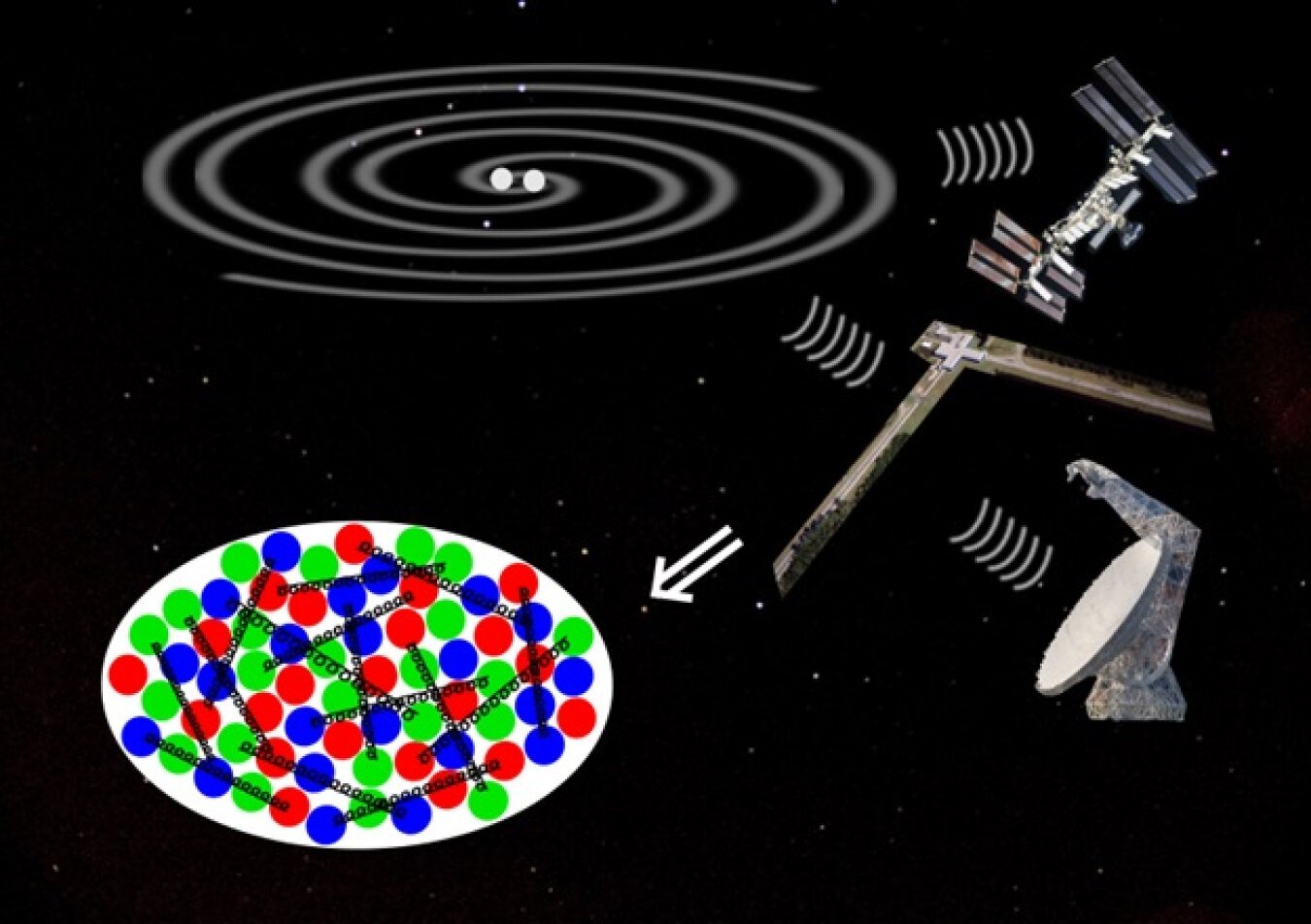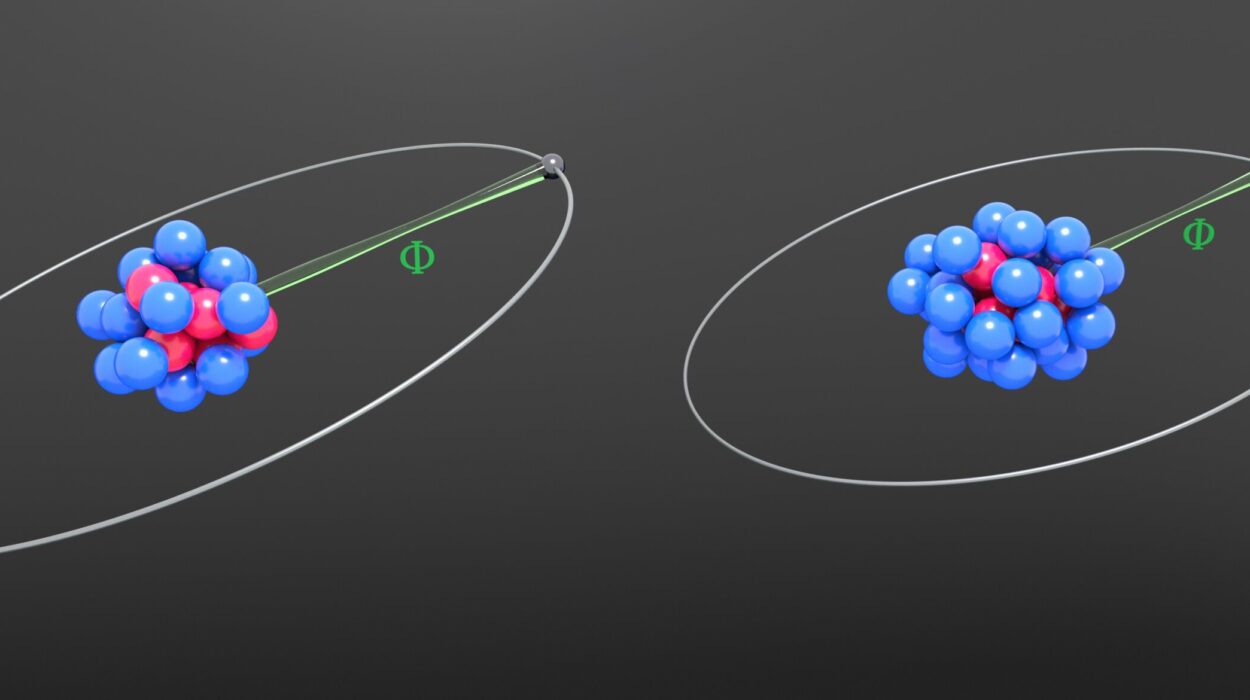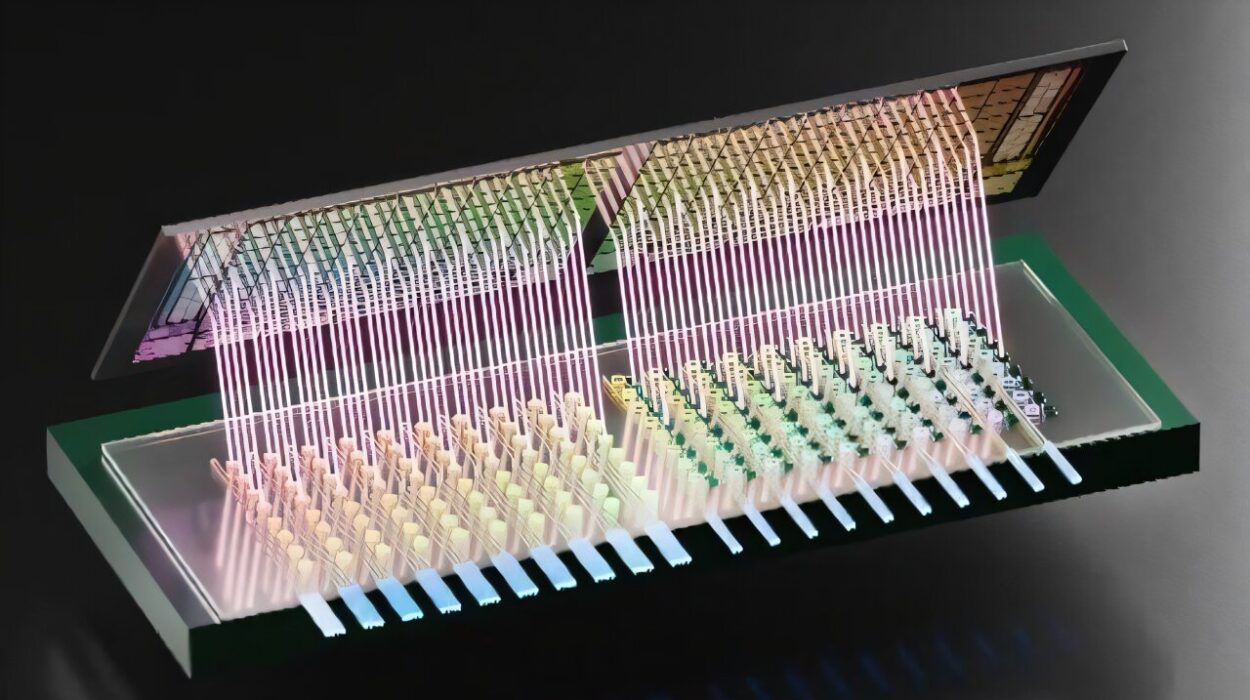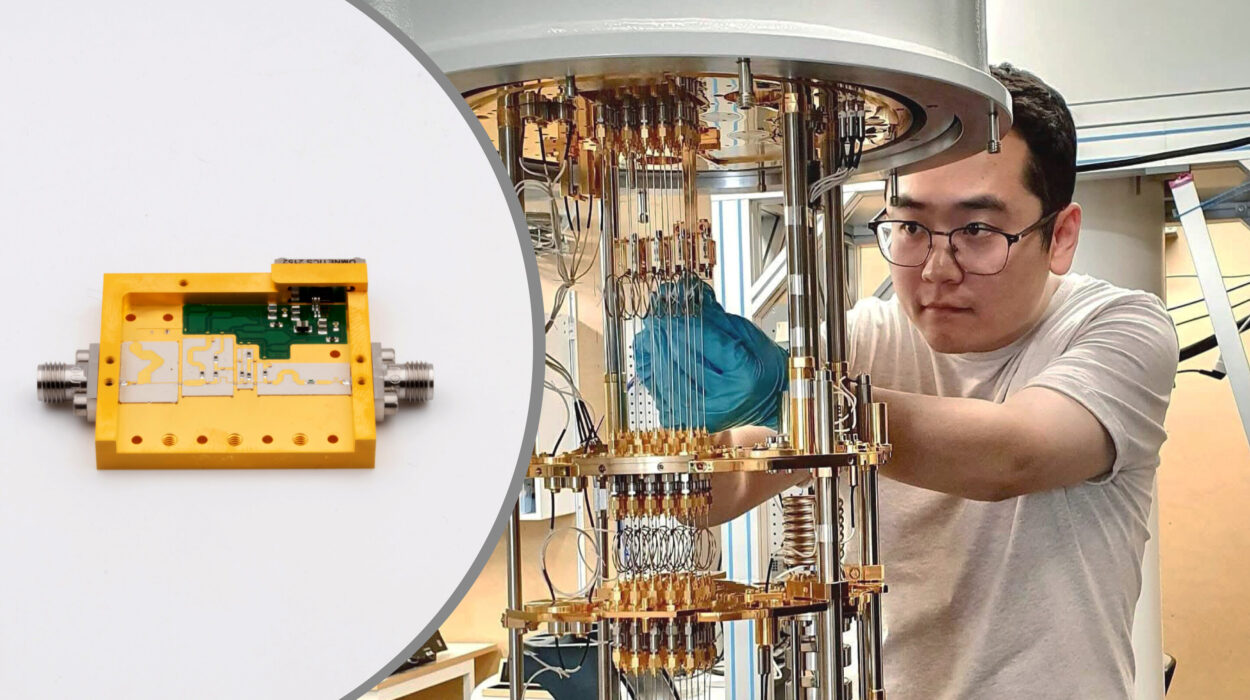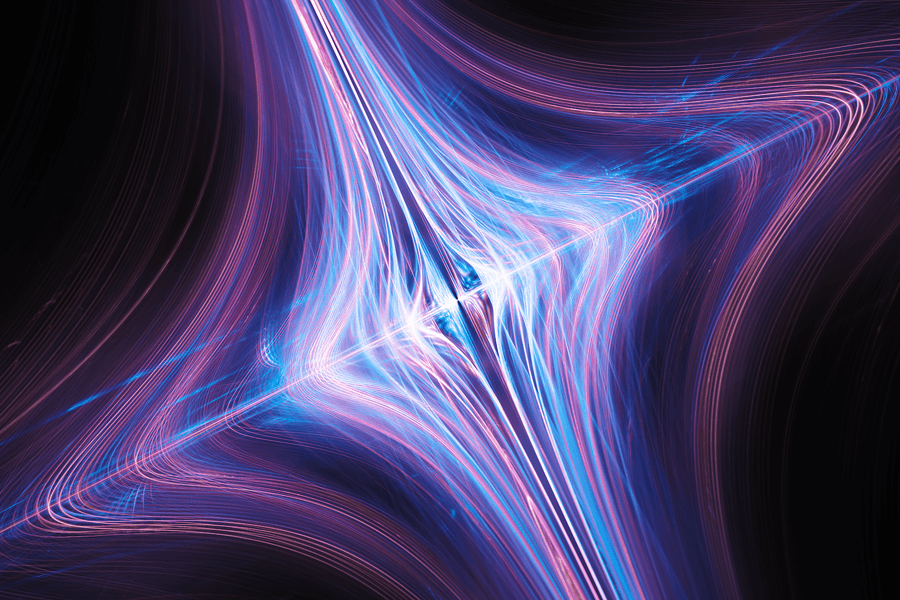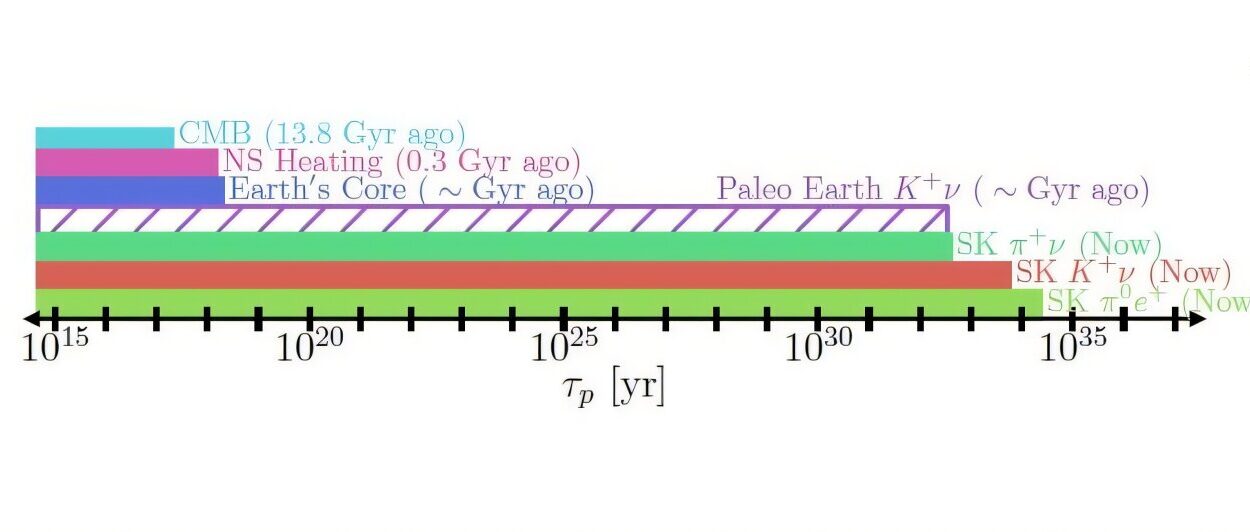At extremely high densities, quarks—the fundamental building blocks of protons and neutrons—are expected to exhibit a unique form of behavior known as color superconductivity. This phenomenon, analogous to the way electrons form pairs in a superconductor, occurs when quarks interact with one another in a dense, quantum state. While color superconductivity is a theoretical concept that has intrigued physicists for decades, its properties, especially the strength of quark pairing, remain difficult to measure directly. This complexity arises from the extreme conditions required for color superconductivity to occur and the inherent challenges in calculating the associated pairing strength.
The key to understanding the properties of color superconductivity lies in the study of neutron stars, which are the densest observable objects in the universe. Neutron stars are remnants of massive stars that have undergone supernova explosions and collapsed under their own gravity, creating a dense core composed of neutrons and potentially quark matter. As the core of a neutron star reaches higher densities, the matter inside may begin to transition from a normal state to a more exotic state, where quarks interact more strongly and form pairings. These quark pairs could be a form of color superconductivity, similar to how electrons form Cooper pairs in conventional superconductors.
In recent years, scientists have made significant progress in measuring the properties of neutron stars and the dense matter at their cores. By observing the size of neutron stars and how they deform during collisions, astronomers can infer the pressure and density of the matter inside. These observations have shown that neutron stars are not only the densest objects we can study, but also the most extreme environments where color superconductivity may exist. However, despite decades of theoretical work, the strength of quark pairing in these stars has remained largely unknown.
A recent study published in Physical Review Letters has made a breakthrough in understanding color superconductivity by using neutron star observations to place the first empirical upper bound on the strength of quark pairing in these dense environments. By analyzing data from several sources—including the Neutron star Interior Composition Explorer (NICER), the Laser Interferometer Gravitational-Wave Observatory (LIGO), the Virgo Collaboration, and ground-based radio telescopes—the researchers were able to extract valuable information about the pressure and density of neutron star cores. These measurements, while subject to some uncertainty, allowed the scientists to perform a statistical analysis and derive a range of possible pressures at quark-matter densities.
In this study, the researchers first determined the baseline pressure of quark matter at extremely high densities, without considering the effects of quark pairing. The next step was to compare the observed neutron star data with this baseline to assess how much the presence of color superconducting pairing could deviate from the baseline. This allowed the researchers to extract a range of possible values for the strength of color superconducting pairing that are consistent with the observed properties of neutron stars. In essence, they were able to put a quantitative limit on the strength of quark pairing, an important step toward understanding the physics of quark matter under extreme conditions.
The significance of this study lies in its connection between theoretical physics and real-world astronomical observations. While color superconductivity has been a subject of theoretical research for over two decades, this study marks the first time that empirical data from neutron stars have been used to constrain the strength of quark pairing. By leveraging the astrophysical data from neutron stars, scientists now have a novel way to test and refine theoretical models of quark matter. This approach opens up a new frontier for using the study of neutron stars to probe the behavior of matter at its most extreme, potentially leading to a deeper understanding of both fundamental particle physics and astrophysical phenomena.
The findings of this study have far-reaching implications for the field of astrophysics and quantum mechanics. Neutron stars serve as natural laboratories for studying the properties of matter at densities and pressures far beyond anything achievable in terrestrial laboratories. By observing the subtle deformations of neutron stars during mergers, detecting gravitational waves, and measuring the masses and radii of these stars, researchers can gain insights into the behavior of quark matter at extreme densities. These observations not only help confirm the existence of color superconductivity in neutron stars, but also provide crucial empirical constraints on the properties of this exotic state of matter.
In addition to providing the first empirical limits on the strength of quark pairing, this study paves the way for future research into the properties of color superconductors. By refining the techniques used to study neutron stars and improving the accuracy of our measurements, scientists will be able to further explore the relationship between quark matter, color superconductivity, and the broader principles of quantum chromodynamics (QCD). This could lead to new discoveries in the realm of fundamental physics, particularly in understanding how quarks interact under extreme conditions, and may offer clues to some of the most profound questions in modern physics, such as the nature of dark matter and the early conditions of the universe.
Reference: Aleksi Kurkela et al, Astrophysical Equation-of-State Constraints on the Color-Superconducting Gap, Physical Review Letters (2024). DOI: 10.1103/PhysRevLett.132.262701
